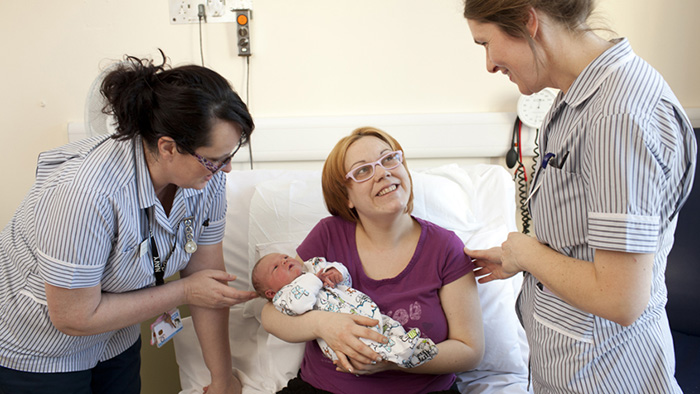About this project
Explore the people and organisations behind this research, and find related publications by the research team.
Research team
Professor Charmaine Childs Professor Hora Soltani Dr Jon Willmott Professor Karen Ousey Professor Karen OuseyResearch areas
Centre for Health and Social Care ResearchRelated publications
An observational study of temperature and thermal images of surgical wounds for detecting delayed wound healing within four days after surgery The surgical wound in infrared: thermographic profiles and early stage test-accuracy to predict surgical site infection in obese women during the first 30 days after caesarean sectionFunding partners
Medical Research CouncilRelated courses
Our teaching is informed by research. Browse undergraduate and postgraduate courses with links to this research project, topic or team.
Get in touch
Find key contacts for enquiries about funding, partnerships, collaborations and doctoral degrees.
How thermal imaging could help improve post-caesarean care
About this project
Explore the people and organisations behind this research, and find related publications by the research team.
Research team
Professor Charmaine Childs Professor Hora Soltani Dr Jon Willmott Professor Karen Ousey Professor Karen OuseyResearch areas
Centre for Health and Social Care ResearchRelated publications
An observational study of temperature and thermal images of surgical wounds for detecting delayed wound healing within four days after surgery The surgical wound in infrared: thermographic profiles and early stage test-accuracy to predict surgical site infection in obese women during the first 30 days after caesarean sectionFunding partners
Medical Research CouncilRelated courses
Our teaching is informed by research. Browse undergraduate and postgraduate courses with links to this research project, topic or team.
Get in touch
Find key contacts for enquiries about funding, partnerships, collaborations and doctoral degrees.



